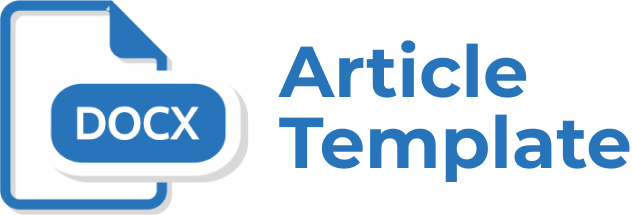Enhancing College Students’ Descriptive Writings through Facebook Indirect Corrective Feedback (A Case Study at Two Higher Education Institutions in Jakarta)
Abstract
Keywords: indirect corrective feedback, Facebook, descriptive writing
Full Text:
PDFReferences
Ferris. D. (2003). Response to Student Writing: Implications for Second Language Students. Mahwah, NJ: Lawrence Erlbaum Associates.
Grabbe, W and Kaplan, R. (1996). Theory and Practice of Writing: An Applied Linguistic Perspective. New York: Edison Wesley Longman limited.
Hattie, J. & Timperley, H. (2007). The power of feedback. Review of Educational Research, 77(1), 81-112. http://dx.doi.org/10.3102/003465430298487.
Kio, S.I. (2015). Feedback theory through the lens of social networking. Issues in Educational Research, 25(2).
Koffi, E. (2010). Applied English syntax: Foundations for word, phrase, and sentence analysis.Dubuque, Iowa: Kendall Hunt Publishing Company.
Lee, I. (2005). Error correction in the L2 writing classroom: What do students think? TESL Canada Journal, 22(2), 1–16.
McKay, S. (2013). Direct or Indirect Feedback in Written Correction. Retrieved from www.cape.edu
Shoebottom, P. (2016). Understanding Mistakes in Written Language. Retrieved from http://esl.fis.edu
Peterson, K. D., & Deal, T. E. (2010). The shaping school culture field-book.
New York, NY: Wiley
Rogers, P. L., (2001) Traditions to Transformations: The Forced Evolution of Higher Education, in
Educational Technology Review, 9(1).
Ur, P. (1996) A Course in Language Teaching Practice and Theory. Cambridge Teacher Training
and Development Cambridge: Cambridge University Press
Williams, J.G. (2003). Providing Feedback on ESL Students' Written Assignments. The InternetTESL Journal [Online], 9(10), Retrieved from http://iteslj.org/Techniques
Refbacks
- There are currently no refbacks.


